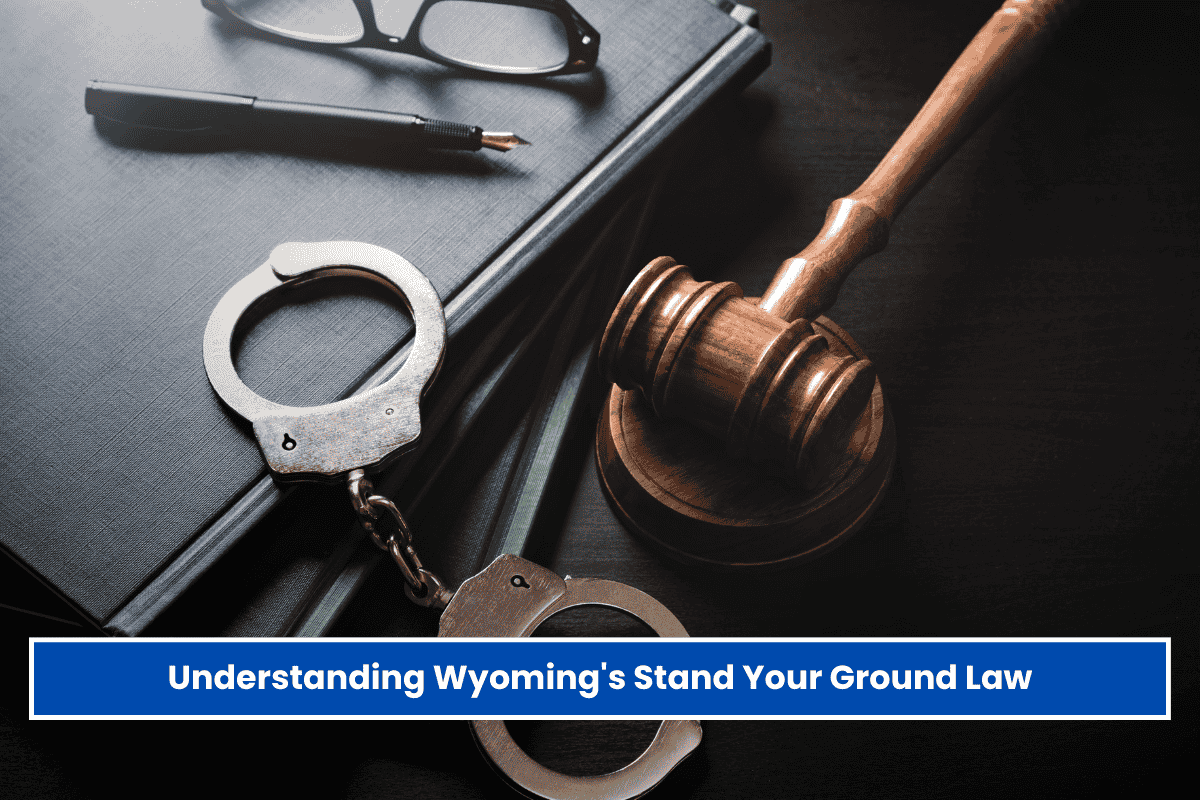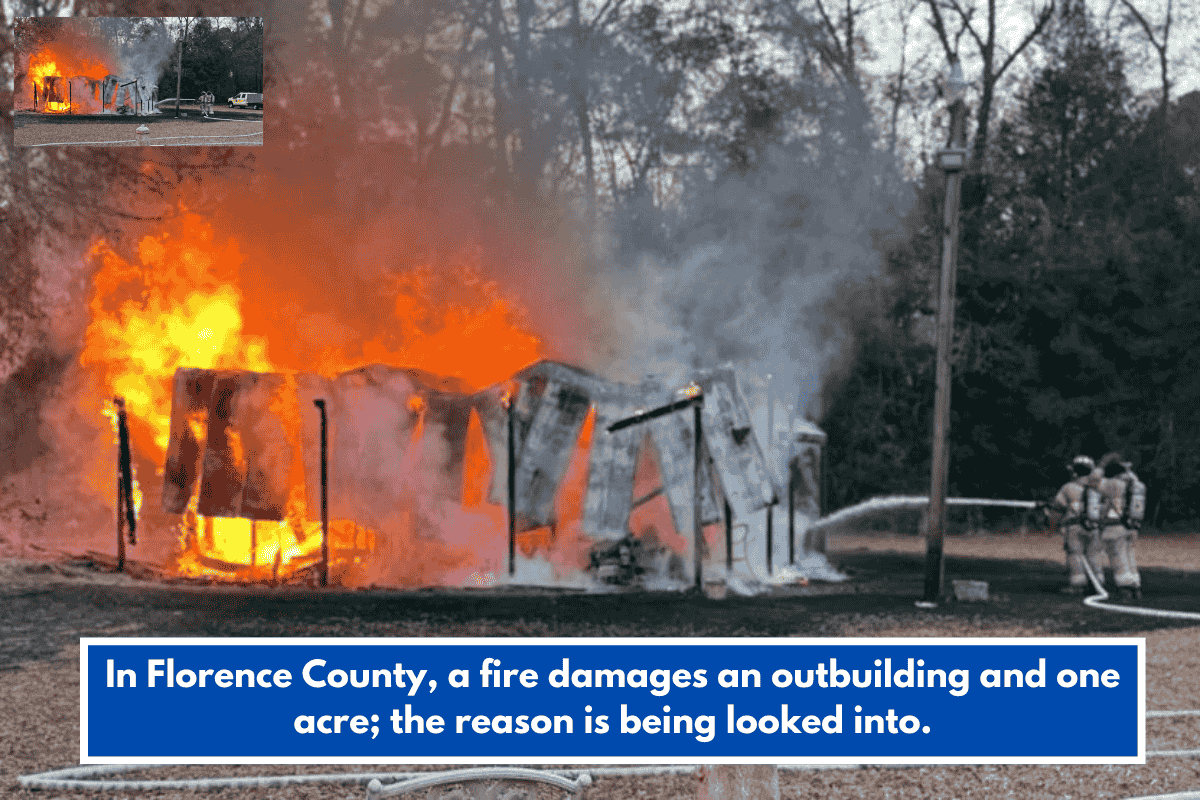Self-defense laws in the United States generally permit the use of lethal force in certain situations where it is necessary to prevent imminent death or serious bodily harm to oneself or others. Traditionally, these laws required that the person seeking to use lethal force attempt to retreat from the conflict if possible, except when defending their home (known as the Castle Doctrine).
However, Stand Your Ground laws, such as those enacted in Wyoming, challenge this tradition and offer expanded protections for individuals in self-defense situations.
Understanding Stand Your Ground Laws
Under traditional self-defense laws, individuals were expected to attempt to safely retreat from a confrontation if possible. The idea was that deadly force should only be used as a last resort when no other options were available, such as when retreating or using non-lethal force would have prevented harm. In contrast, Stand Your Ground laws allow individuals to use deadly force without any obligation to retreat, even if it would have been possible to avoid the conflict safely.
These laws specifically apply in public spaces and permit the use of lethal force if the person feels threatened, even if they could have stepped away or de-escalated the situation without causing harm. This means that a person can defend themselves by using deadly force without being legally required to attempt retreat in situations where they are lawfully present and not engaged in illegal activity.
Wyoming’s Stand Your Ground Law
Wyoming has enacted its own Stand Your Ground law, which removes the duty to retreat before using deadly force in self-defense under certain conditions. Specifically, Wyoming’s law allows a person to use deadly force if they are in a location where they are lawfully present and not involved in illegal activities, and provided that the person is not the initial aggressor in the confrontation.
Key points of Wyoming’s law include
- Lawful Presence: The person must be in a location where they have a right to be, meaning they are not trespassing or engaging in illegal activities.
- No Duty to Retreat: There is no obligation to retreat from the situation before using deadly force. If a person feels that their life or physical well-being is in danger, they are allowed to defend themselves with deadly force, even if they could have avoided the conflict.
- Initial Aggressor Exception: The law applies only if the person is not the initial aggressor. If a person starts the confrontation, they may not be able to claim self-defense under the Stand Your Ground law.
Key Takeaways
- No Duty to Retreat: Under Wyoming’s Stand Your Ground law, you are not required to retreat from a confrontation before using deadly force, as long as you are lawfully present and not engaged in illegal activity.
- Self-Defense in Public: The law allows individuals to use deadly force in public spaces if they are under threat, and retreat is not considered a legal requirement.
- Limits to Protection: The law does not protect individuals who are the initial aggressor in a confrontation. If you provoke the situation, you may lose the right to use self-defense under the Stand Your Ground law.
Wyoming’s Stand Your Ground law offers individuals the legal right to defend themselves with deadly force in public when they are under threat, without the obligation to retreat. This law expands the scope of self-defense in Wyoming, ensuring that individuals have the ability to protect themselves if they are lawfully present and not engaged in illegal activity, provided they are not the initial aggressor.














